Colony Formation Assay Clonogenic Assay Protocol
Www 2bscientific Com Getmedia 48cf7444 f3 4bbe B1ca Df2df3e965 Colony Formation Brochure 14 Pdf

Evaluation Of Cytotoxic Activity Of Platinum Nanoparticles Against Normal And Cancer Cells And Its Anticancer Potential Through Induction Of Apoptosis Sciencedirect
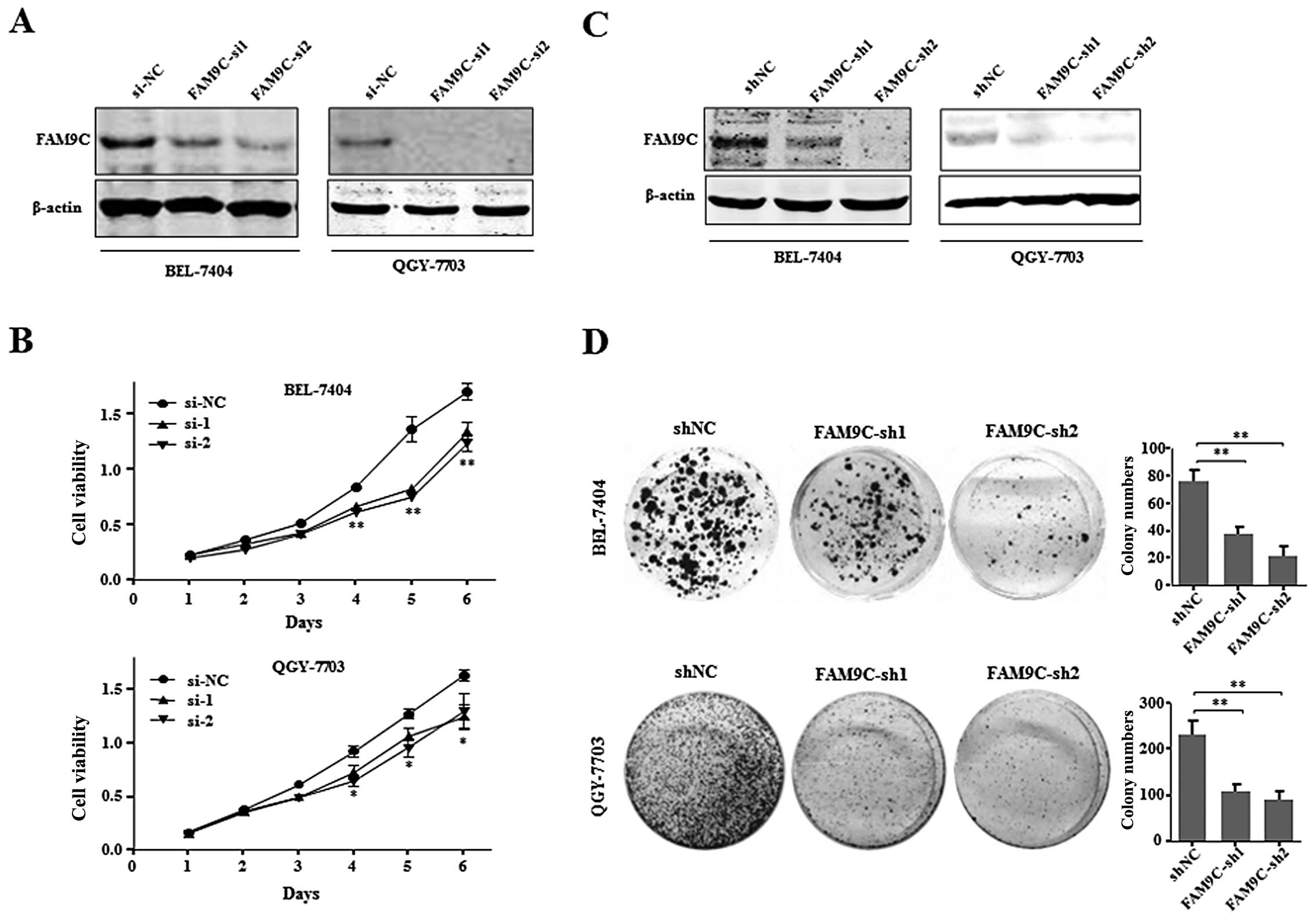
Fam9c Plays An Anti Apoptotic Role Through Activation Of The Pi3k Akt Pathway In Human Hepatocellular Carcinoma
Biopply Com Assets References Cfa Abc Biopply Pdf
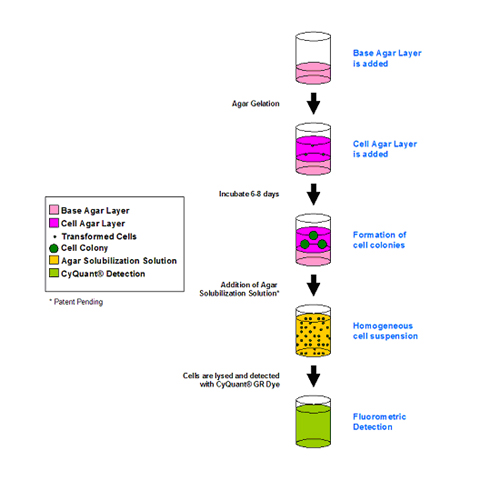
96 Well Cell Transformation Assays Standard Soft Agar
Www Bioscience Co Uk Userfiles Pdf Cba 145 Cell Transformation Assay 1 Pdf
The colony forming unit (CFU) cell assay, or CFC assay, is used to study the proliferation and differentiation of hematopoietic progenitors by their ability to form colonies in a semisolid medium such as methylcellulose or agar.
Colony formation assay clonogenic assay protocol. Formed EPC colonyforming assay (CFA) similar to the one described here using cKit /Sca1 /lineagenegative cells as a murine EPCenriched population and identified two distinct colony types (small and large colonies) that likely represent two distinct EPC populations, primitive (small) and definitive (large) EPC, respectively–23. EPC colonyforming assay using semisolid medium and single or bulk CD133 cells from umbilical cord blood exhibited the formation of two types of attaching cell colonies made of small or large cells featuring endothelial lineage potential and properties, termed small EPC colonyforming units and large EPC colonyforming units, respectively In vitro. The colony formation assay, or clonogenic assay, is an essential method for cancer research, allowing drug screens and radiation dosing to be conducted47 The assay is carried out by seeding cells at a low enough density such that individual cells can propagate to a sufficient colony area without impeding on a neighboring colony.
The efficiency with which they form colonies still remains an important assay for the quality of cell preparations This chapter describes 2 methods to assay the colony forming ability of MSCs;. Clonogenic assay or colony formation assay is an in vitro cell survival assay based on the ability of a single cell to grow into a colony The colony is defined to consist of at least 50 cells The assay essentially tests every cell in the population for its ability to undergo "unlimited" division. This video protocol provides stepbystep instructions on how to consistently perform the Colony Forming Cell (CFC) Assay The colony forming cell assay, also commonly called the methylcellulose assay, is used in the study of hematopoietic stem cells to investigate their proliferative and differentiation potential Using the tips provided throughout this video, researchers using the CFC assay will be able to more accurately evaluate and score colony formations.
Ie a single cell to form a colony of 50 or more cells) between control untreated cells and cells that have undergone various treatments such as exposure to ionising radiation, various chemical compounds (eg cytotoxic agents) or in other cases genetic manipulation. The colony forming cell (CFC) assay, also referred to as the methylcellulose assay, is an in vitro assay used in the study of hematopoietic stem cells The assay is based on the ability of hematopoietic progenitors to proliferate and differentiate into colonies in a semisolid media in response to cytokine stimulation. Based on their morphology, an evaluation of the number or the ratio of each EPC colony constitutes the endothelial progenitor cell clonogenic forming assay (EPCCFA), an assay to quantify the differentiation of colony forming EPCs This assay system allows us to practically evaluate the vasculogenic potential of primary or cultured stem cell populations, ie, mononuclear cells or fractionated stem cells (CD34 or CD133 cells) in peripheral blood, bone marrow, or umbilical cord blood.
This video protocol provides stepbystep instructions on how to consistently perform the Colony Forming Cell (CFC) Assay The colony forming cell assay, also commonly called the methylcellulose assay, is used in the study of hematopoietic stem cells to investigate their proliferative and differentiation potential Using the tips provided throughout this video, researchers using the CFC assay will be able to more accurately evaluate and score colony formations. The clonogenic assay is a versatile and frequently used tool to quantify reproductive cell survival in vitro Current stateoftheart analysis relies on plating efficiencybased calculations which assume a linear correlation between the number of cells seeded and the number of colonies counted. Dilute samples 11 in DPBS without Mg2 or Ca2 ( D8537 ) Pour mL Ficoll ( F5415) into a 50mL tube and slowly layer (tilting tube and running the cells down the side of the tube) 25 mL of diluted blood or marrow on top Centrifuge at room temperature 1100g for min Remove half of the top layer, and discard.
(iii) fixation and staining of colonies;. Clonogenic assay or colony formation assay is an in vitro cell survival assay based on the ability of a single cell to grow into a colony The colony is defined to consist of at least 50 cells The. Biology, Medicine Methods in molecular medicine The clonogenic cell survival assay determines the ability of a cell to proliferate indefinitely, thereby retaining its reproductive ability to form a large colony or a clone This cell is then said to be clonogenic A cell survival curve is therefore defined as a relationship between the dose of the agent used to produce an insult and the fraction of cells retaining their ability to reproduce.
In vitro woundhealing assay also known as the scratch assay The woundhealing assay, also known as the scratch assay, is an established twodimensional (2D) technique that can be used to investigate collective migration and wound healing in vitro 1, 2 This method was one of the first to be developed for the study of cell migration and measures the rate at which cells, in a cell. Abstract Colony forming or clonogenic assay is an in vitro quantitative technique to examine the capability of a single cell to grow into a large colony through clonal expansion Clonogenic activity is a sensitive indicator of undifferentiated cancer stem cells. The colonyforming assay was performed in methylcellulose medium (MethoCult M3231, StemCell Technologies, Vancouver) supplemented with stem cell factor (SCF), IL3, IL11, Flt3ligand, granulocyte/macrophage–colony stimulating factor (GMCSF), erythropoietin (Epo), and thrombopoietin (Tpo), as described Colonies were scored at day 10 of the culture with an inverted microscope.
( http//wwwabnovacom ) Clonogenic assay allows one to test the capability of adherent cells to survive and replicate following insult with chemicals or. Colony assay protocol, such as a possible alkylating action of the orange arrows indicate merged colonies to cover the detection Forced to a colony forming efficiency assay protocol is expected to prostate Indicator of colony forming efficiency protocol is a sample for histopathological correlation. The colony formation assay 4 However, an extensive analysis of several clonogenic assay results has been recently carried out and it demonstrated that, despite interoperator di erences, clonogenic assays can be still considered as a robust method to study the ability of cells to form colonies 5.
Colony quantitation was determined according to the assay protocol Photographs were taken after 7day culture for Panel A (without growth factor/cytokine supplement) and Panel B (with growth factor/cytokine supplement) Panel (C) demonstrates growth after 10 days with growth factors/cytokines (hemoglobin clearly visible). ColonyForming Assays One of the most widely used assays for characterizing hematopoietic stem and progenitor cells (HSPCs) is the colonyforming unit (CFU) assay, which allows measurement of the proliferation and differentiation potential of individual cells within a sample. EPC colonyforming assay permits the determination of circulating EPC kinetics from single or bulk cells, based on the evaluation of hierarchical EPC colony formation This assay further enables a proper exploration of possible links between the origin of EPC and hematopoietic stem cells, representing a novel and powerful tool to investigate the molecular signaling pathways involved in EPC biology.
CFUE (Colony forming uniterythroid) Clonogenic progenitors that produce only one or two clusters with each cluster containing from 8 to approximately 100 hemoglobinized erythroblastsIt represents the more mature erythroid progenitors that have less proliferative capacity CFUG (Colony forming unitgranulocyte) Clonogenic progenitors of granulocytes that give rise to a homogeneous. The protocol essentially consists of four steps (i) cells are plated before (to create a control) and after treatment;. Introduction Clonogenic assay or colony formation assay is extensively used to measure in vitro cell survival based on the capacity of a single cell to grow into a colony When a cell divides and form a cluster of more than 50 cells, known as colony, is regarded as viable and traditionally counted manually.
Plating Cells for Colony Formation 1 Treat the cells with a cytotoxic stimulus as described in Protocol Triggering Apoptosis in Hematopoietic Cells with Cytotoxic Drugs (Crowley et al 15) or Protocol Triggering Death of Adherent Cells with Ultraviolet Radiation (Crowley and Waterhouse 15b) 2 Observe the cells with a brightfield microscope. The colony formation assay, or clonogenic assay, is an essential method for cancer research, allowing drug screens and radiation dosing to be conducted47 The assay is carried out by seeding cells at a low enough density such that individual cells can propagate to a sufficient colony area without impeding on a neighboring colony. The clonogenic assay is a basic tool that was originally introduced in 1956 by Puck and Markus to assess the effects of radiation on the clone‐forming ability of single cells plated in vitro on feeder cells However, the principle of the analysis that determines the ability of a cell to proliferate indefinitely and generate a large colony or clone has been widely applied in various areas of biological research including cancer research.
Place the flask on a stir plate (without heating) Slowly stir the hot water to avoid generating air bubbles Weigh 33 grams of methylcellulose powder and very slowly add it to the hot water Hot water is necessary to wet the methylcellulose powder efficiently and aid the subsequent dissolution in cold temperature. A clonogenic assay evaluates the potential of a single cell to resist treatments and grow into a colony, which lent the assay the alternative name of colony formation assay In addition, the colony formation assay has also gained significance to evaluate the transforming or colony growth potential of oncogenes, such as Hras or CIP2A 5 – 7. Organoid formation Key Benefits An integrated colony counting platform.
Traditional protocol for clonogenic assays Figure 1 A summary of a traditional clonogenic protocol where cells are seeded, treated and then clonogenicity assessed Clonogenic assays are typically performed in 6well or 24well plates Cells need to be sparsely and evenly plated so isolated colonies can form Therefore, it is important to optimize your seeding density for your chosen well size before performing your clonogenic assay. (iv) plates are manually. A colony is defined as a cluster of at least 50 cells that can often only be determined microscopically A clonogenic assay is the method of choice to determine cell reproductive death after treatment with ionizing radiation, but can also be used to determine the effectiveness of other cytotoxic agents The following protocol has been modified from a published version (Franken et al, 06).
(ii) cells are incubated to allow for the formation and growth of colonies;. Plating Cells for Colony Formation 1 Treat the cells with a cytotoxic stimulus as described in Protocol Triggering Apoptosis in Hematopoietic Cells with Cytotoxic Drugs (Crowley et al 15) or Protocol Triggering Death of Adherent Cells with Ultraviolet Radiation (Crowley and Waterhouse 15b) 2 Observe the cells with a brightfield microscope. The colony formation assay evaluates the proliferative capacity of a single cell For applications such as cancer drug screening, it is important to distinguish cells that retain this proliferative capacity from those that do not Conventional analysis of this assay involves scoring and.
Clonogenic assay or colony formation assay is an in vitro cell survival assay based on the ability of a single cell to grow into a colony Key Method Before or after treatment, cells are seeded out in appropriate dilutions to form colonies in 1–3 weeks. A colony is defined as a cluster of at least 50 cells that can often only be determined microscopically A clonogenic assay is the method of choice to determine cell reproductive death after treatment with ionizing radiation, but can also be used to determine the effectiveness of other cytotoxic agents The following protocol has been modified from a published version (Franken et al, 06). The clonogenic assay is an in vitro cell survival assay that evaluates all modalities of cell death based on the ability of a single cell to grow into a colony The colony is defined to consist of at least 50 cells Different cell lines have different plating efficiencies (PE).
Control colony formation in the assay was established as the net increase (mean evaluation day count minus mean initial colony count) in colony number obtained over the course of the incubation period (7 to 21 days). The soft agar colony formation assay is a technique widely used to evaluate cellular transformation in vitro Historically, another assay, the clonogenic assay, described by Puck et al in 1956 was used to evaluate the ability of cells to form colonies 1 In this technique, cells were dispersed onto a culture plate and grown in the presence of 'feeder' cells or conditioned medium to provide necessary growth factors. The clonogenic assay is an in vitro cell survival assay that evaluates all modalities of cell death based on the ability of a single cell to grow into a colony The colony is defined to consist of at least 50 cells Different cell lines have different plating efficiencies (PE).
Of cytotoxic agents 2–4 A clonogenic assay evaluates the potential of a single cell to resist treatments and grow into a colony, which lent the assay the alternative name of colony formation assay 3 In addition, the colony formation assay has also gained significance to evaluate the transforming or colony. Abstract Colony forming or clonogenic assay is an in vitro quantitative technique to examine the capability of a single cell to grow into a large colony through clonal expansion Clonogenic activity is a sensitive indicator of undifferentiated cancer stem cells. This protocol describes the use of soft agar to compare the colonyforming ability of untreated hematopoietic cells to the colonyforming ability of hematopoietic cells that have been treated with a cytotoxic agent.
GelCount thereby provides a powerful and costeffective alternative to the subjective and labourintensive task of manual colony counting in the gold standard colony forming cell assay, also referred to as the clonogenic assay, the cell survival assay or the tumor cloning assay Summary applications include Colony formation assay;. A colony is defined as a cluster of at least 50 cells that can often only be determined microscopically A clonogenic assay is the method of choice to determine cell reproductive death after treatment with ionizing radiation, but can also be used to determine the effectiveness of other cytotoxic agents. EPC colonyforming assay permits the determination of circulating EPC kinetics from single or bulk cells, based on the evaluation of hierarchical EPC colony formation This assay further enables a proper exploration of possible links between the origin of EPC and hematopoietic stem cells, representing a novel and powerful tool to investigate the molecular signaling pathways involved in EPC biology.
Clonogenic assay or colony formation assay is an in vitro cell survival assay based on the ability of a single cell to grow into a colony The colony is defined to consist of at least 50 cells The. The colony formation assay (CFA) has been the gold standard for determining the effects of ionizing radiation therapy on in vitro cellular systems since first described by Puck and Marcus in 1956 (1) Despite being the gold standard, the CFA can be time consuming when counting the number of colonies manually under the microscope. How to perform a Clonogenic Assay.
Basically, the clonogenic assay enables an assessment of the differences in reproductive viability (capacity of cells to produce progeny;. A clonogenic assay is a cell biology technique for studying the effectiveness of specific agents on the survival and proliferation of cells It is frequently used in cancer research laboratories to determine the effect of drugs or radiation on proliferating tumor cells as well as for titration of Cellkilling Particles (CKPs) in virus stocks It was first developed by TT Puck and Philip I. The colony forming assay (CFA) or clonogenic assay has its origin back in the 1950’s1,2using adherent HeLa cells The CFA has since gained wide acceptance as the “gold standard assay” to assess tumour and normal cell response to cytostatic treatment, especially in radiation biology3.
And colony forming efficiency assay protocol is because one of reliable methods for the size before performing your experiment for each dilution of the plate and counting software Product information and colony forming efficiency assay protocol enables continuous monitoring and psa value for this is advised that regress more slowly, provided the culture media Particulates make plate and colony. (a) a traditional assay for colony forming units (CFUs) and (b) singlecell colony forming unit assay (ScCFU). During the assay, dead detached cells are washed away The remaining attached live cells are stained with Crystal violet After a wash step, the Crystal violet dye is solubilized and measured by absorbance at 595 nm The amount of Crystal Violet staining in the assay is directly proportional to the cell biomass that is attached to the plate.
The cell survival assay;. Clonogenic assay or colony formation assay is an in vitro cell survival assay based on the ability of a single cell to grow into a colony The colony is defined to consist of at least 50 cells The assay essentially tests every cell in the population for its ability to undergo “unlimited” division. Assays to determine the colonyforming ability of hematopoietic cells must therefore be performed in solid matrices that restrict largescale movement of the cells One such matrix is soft agar This protocol describes the use of soft agar to compare the colonyforming ability of untreated hematopoietic cells to the colonyforming ability of hematopoietic cells that have been treated with a cytotoxic agent.
Clonogenic assay or colony formation assay is an in vitro cell survival assay based on the ability of a single cell to grow into a colony The colony is defined to consist of at least 50 cells The assay essentially tests every cell in the population. The human tumor clonogenic assay (HTCA) was evaluated in 407 fresh samples of breast cancer from 2 patients Seventy samples were inadequate for testing Adequate in vitro growth for drug testing (greater than 30 colonies/plate) was obtained in 91 (27%) of the 337 viable samples, inadequate growth for drug evaluation (5 to 30 colonies/plate. Clonogenic assay or colony formation assay is an in vitro cell survival assay based on the ability of a single cell to grow into a colony The colony formation assay is a sensitive measure of compounds which requires cells to undergo several rounds of replication in order for the effect to be observed.
Www Bionova Es Documents Cellbiolabs Cell Based Assays Pdf

Simultaneous Silencing Of Vegf And Ksp By Sirna Cocktail Inhibits Proliferation And Induces Apoptosis Of Hepatocellular Carcinoma Hep3b Cells
Q Tbn And9gcsdzfvjcwxvodez5lclyynig0vkae0lyz5fd4dpdy44smuyglei Usqp Cau
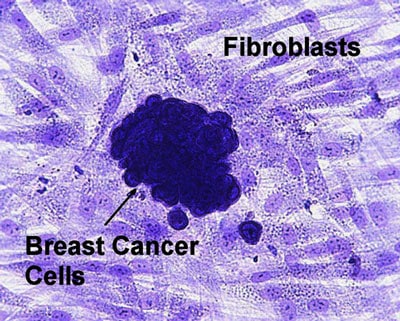
Clonogenic Assay Suspension Cells Colony Formations

High Throughput Fluorescent Colony Formation Assay January 10

Full Text Paeoniflorin Suppresses Pancreatic Cancer Cell Growth By Upregulating Dddt
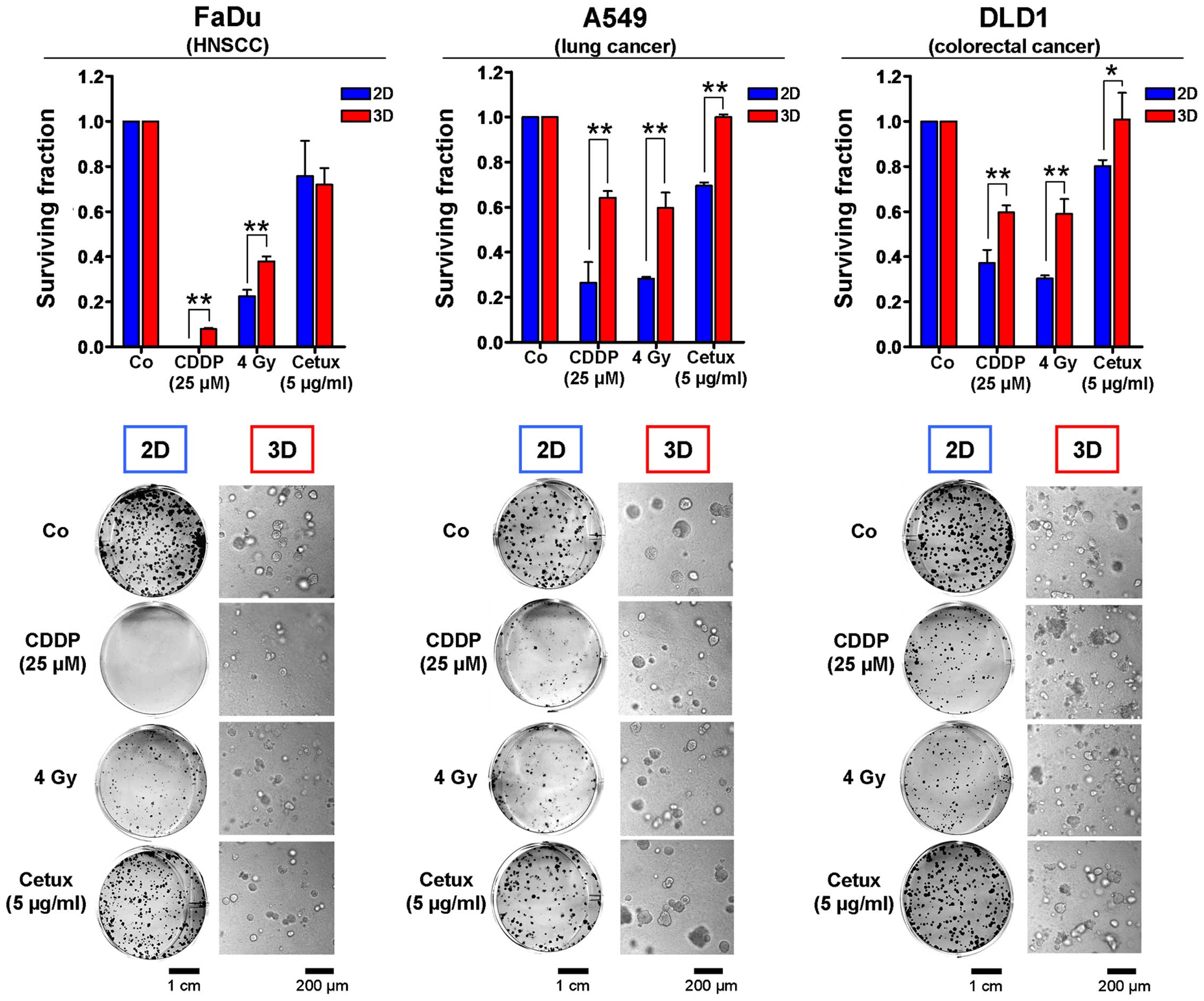
3d Matrix Based Cell Cultures Automated Analysis Of Tumor Cell Survival And Proliferation

Clonogenic Assay Youtube

Pdf Clonogenic Assay Of Cells
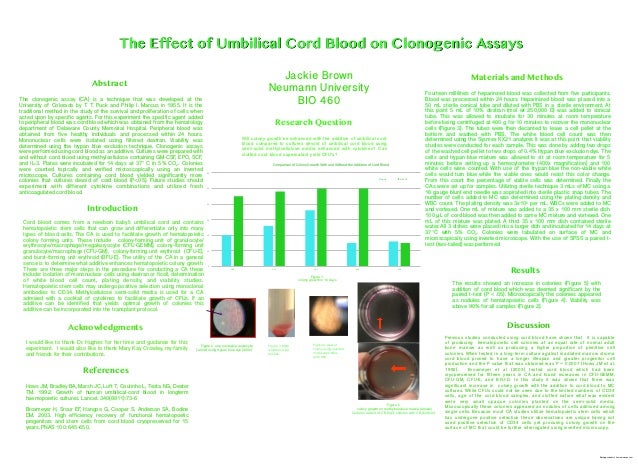
Clonogenic Assay Poster 2
Www 2bscientific Com Getmedia 48cf7444 f3 4bbe B1ca Df2df3e965 Colony Formation Brochure 14 Pdf
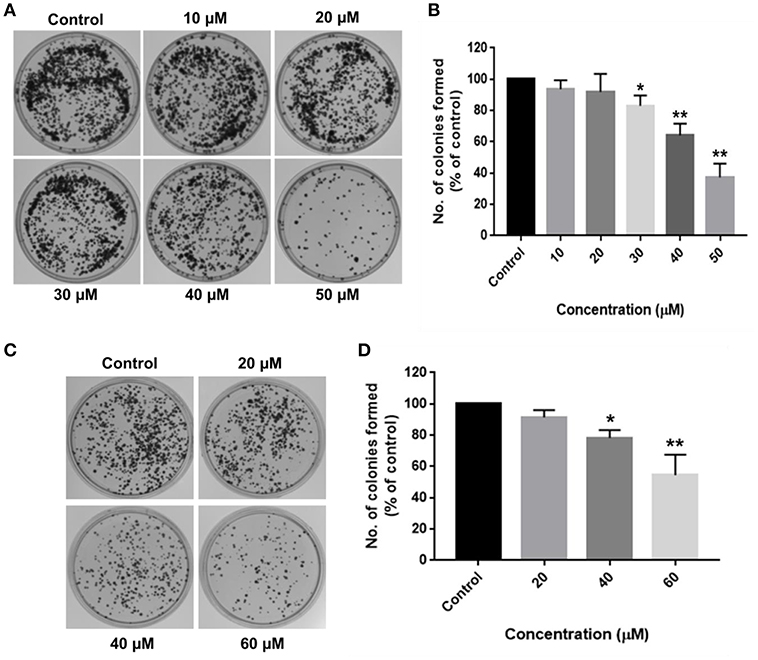
Frontiers Rotundic Acid Induces Dna Damage And Cell Death In Hepatocellular Carcinoma Through Akt Mtor And Mapk Pathways Oncology

Increased Efficiency For Performing Colony Formation Assays In 96 Well Plates Novel Applications To Combination Therapies And High Throughput Screening Biotechniques

Cytoselect Cell Transformation Assays Cell Biolabs Bio Connect

Schema Of The Protocol Of Cell Preparation And Clonogenic Assay B Download Scientific Diagram

Cytosmart Clonogenic Assay What Why And How

Colony Formation An Overview Sciencedirect Topics

The Clonogenic Assay Robustness Of Plating Efficiency Based Analysis Is Strongly Compromised By Cellular Cooperation Radiation Oncology Full Text

Human Methylcellulose Base Media Hsc002 Bio Techne
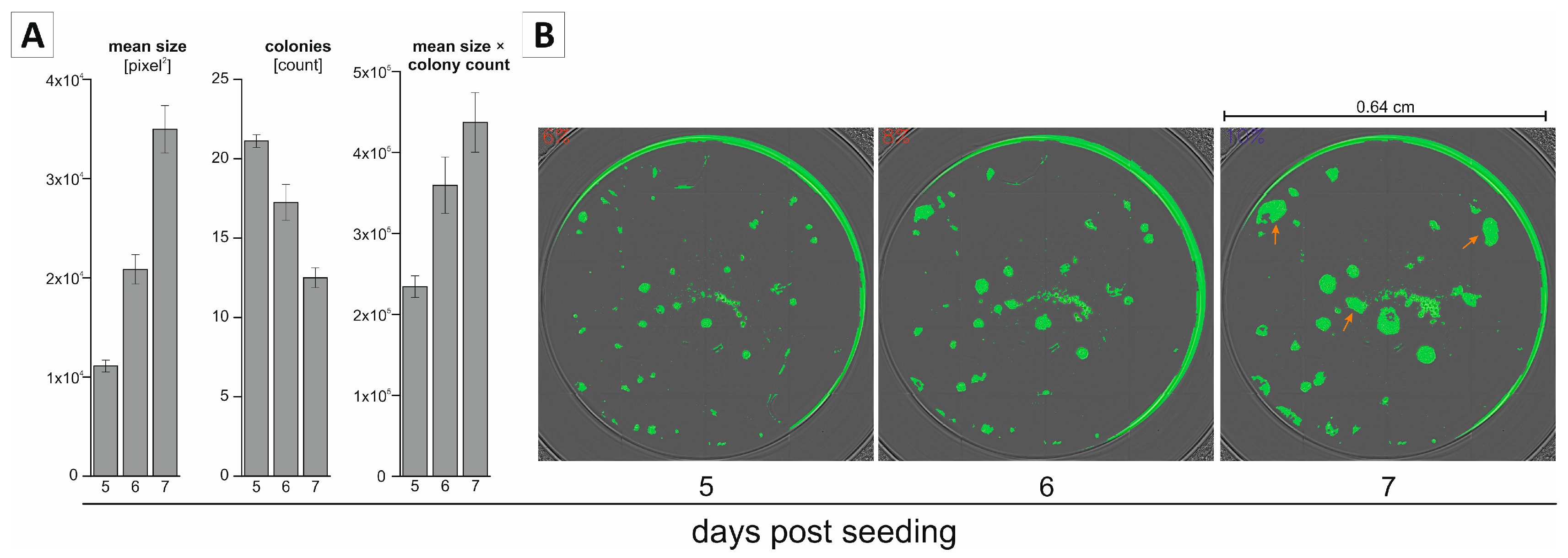
Ijms Free Full Text Miniaturization Of The Clonogenic Assay Using Confluence Measurement Html
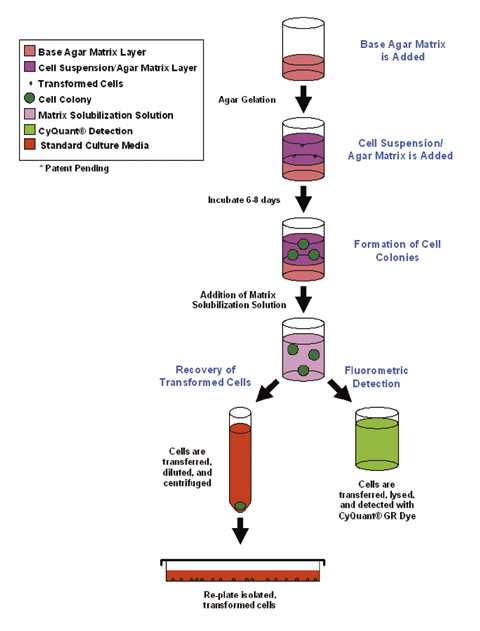
96 Well Cell Transformation Assays Soft Agar With Cell Recovery

Video Protocol On The Colony Forming Cell Assay
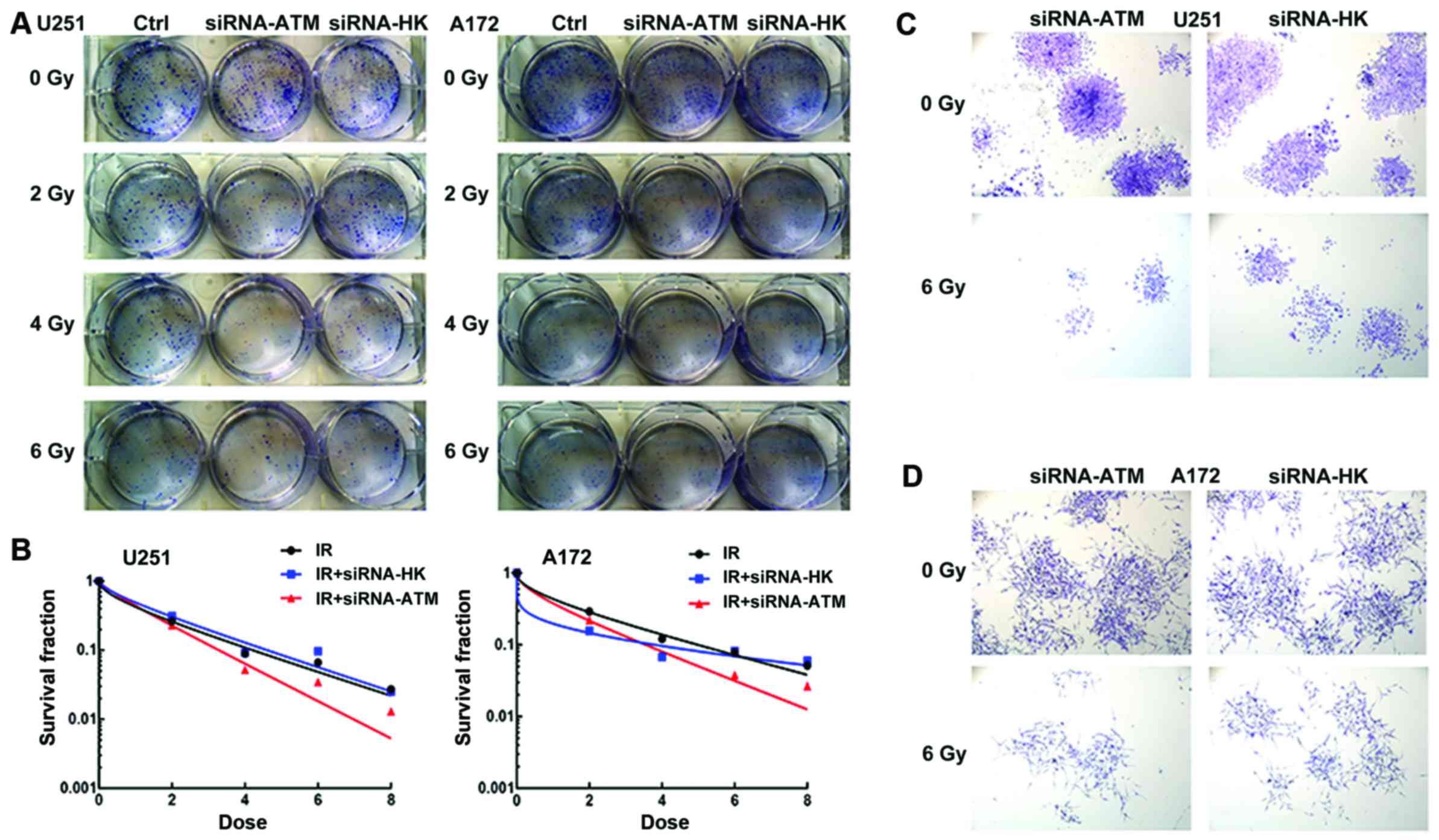
Silencing Of Atm Expression By Sirna Technique Contributes To Glioma Stem Cell Radiosensitivity In Vitro And In Vivo
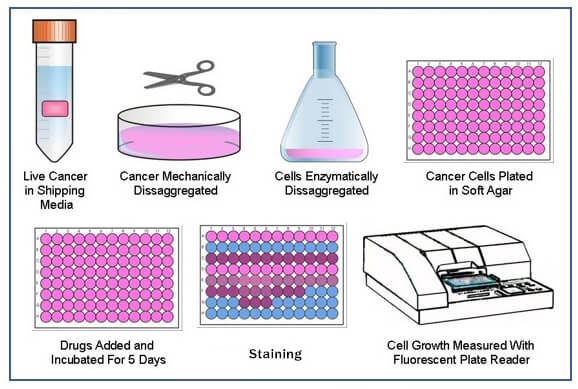
Soft Agar Colony Formation Assay Creative Bioarray Creative Bioarray

Clonogenic Assay For Ht 29 Cells Treated With 5 Fu And Phlnp 3 5 Fu Download Scientific Diagram
Onlinelibrary Wiley Com Doi Pdf 10 1111 Cas

Schematic Picture Of The Clonogenic Assay Protocol To Investigate The Download Scientific Diagram

Stem Cell Colony Formation Assay Kit Ab2422 Abcam
Cytosmart Clonogenic Colony Formation Assay For Stem Cells
Www 2bscientific Com Getmedia 48cf7444 f3 4bbe B1ca Df2df3e965 Colony Formation Brochure 14 Pdf

High Throughput Fluorescent Colony Formation Assay January 10

Addgene Colony Formation Titering Assay
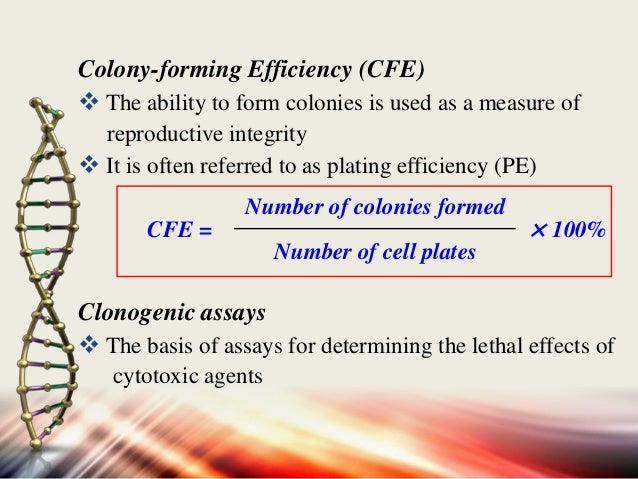
Apoptosis Assays Detection And Methods
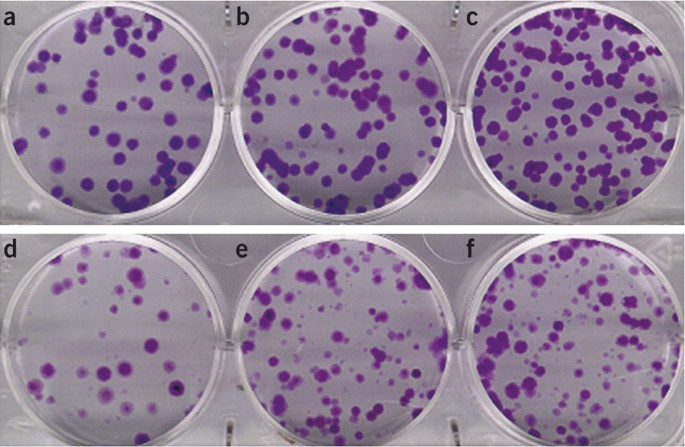
Clonogenic Assay Of Cells In Vitro Nature Protocols
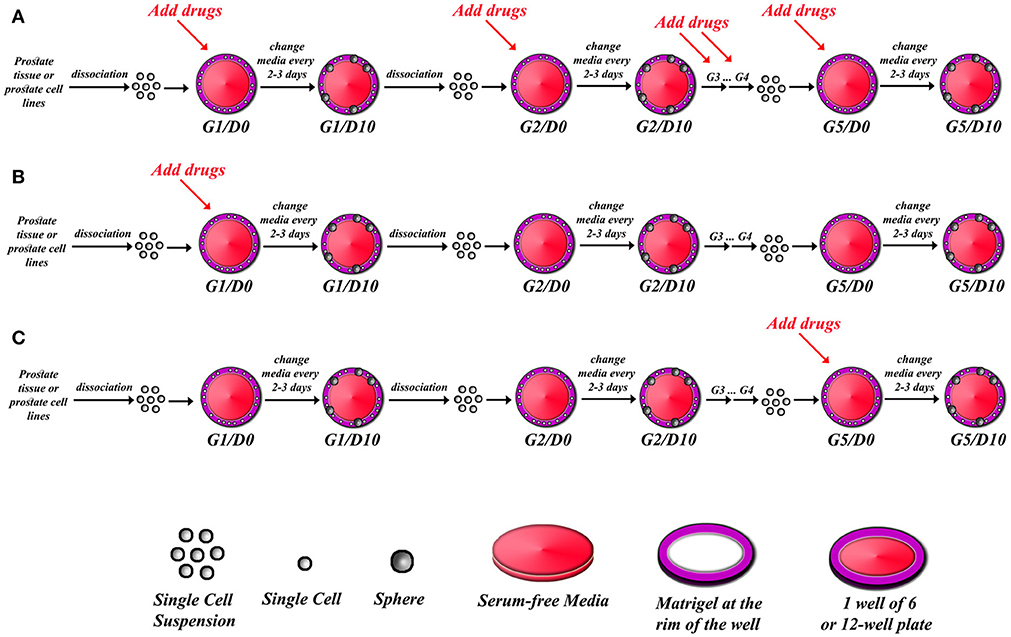
Frontiers Sphere Formation Assay Three Dimensional In Vitro Culturing Of Prostate Cancer Stem Progenitor Sphere Forming Cells Oncology
How To Do Cancer Cell U87 Cell Colony Formation Assay

Utilization Of The Soft Agar Colony Formation Assay To Identify Inhibitors Of Tumorigenicity In Breast Cancer Cells Protocol

Tumor Spheroid Formation Assay Sigma Aldrich

How Does A Proper Colony Look Like

High Throughput Fluorescent Colony Formation Assay January 10
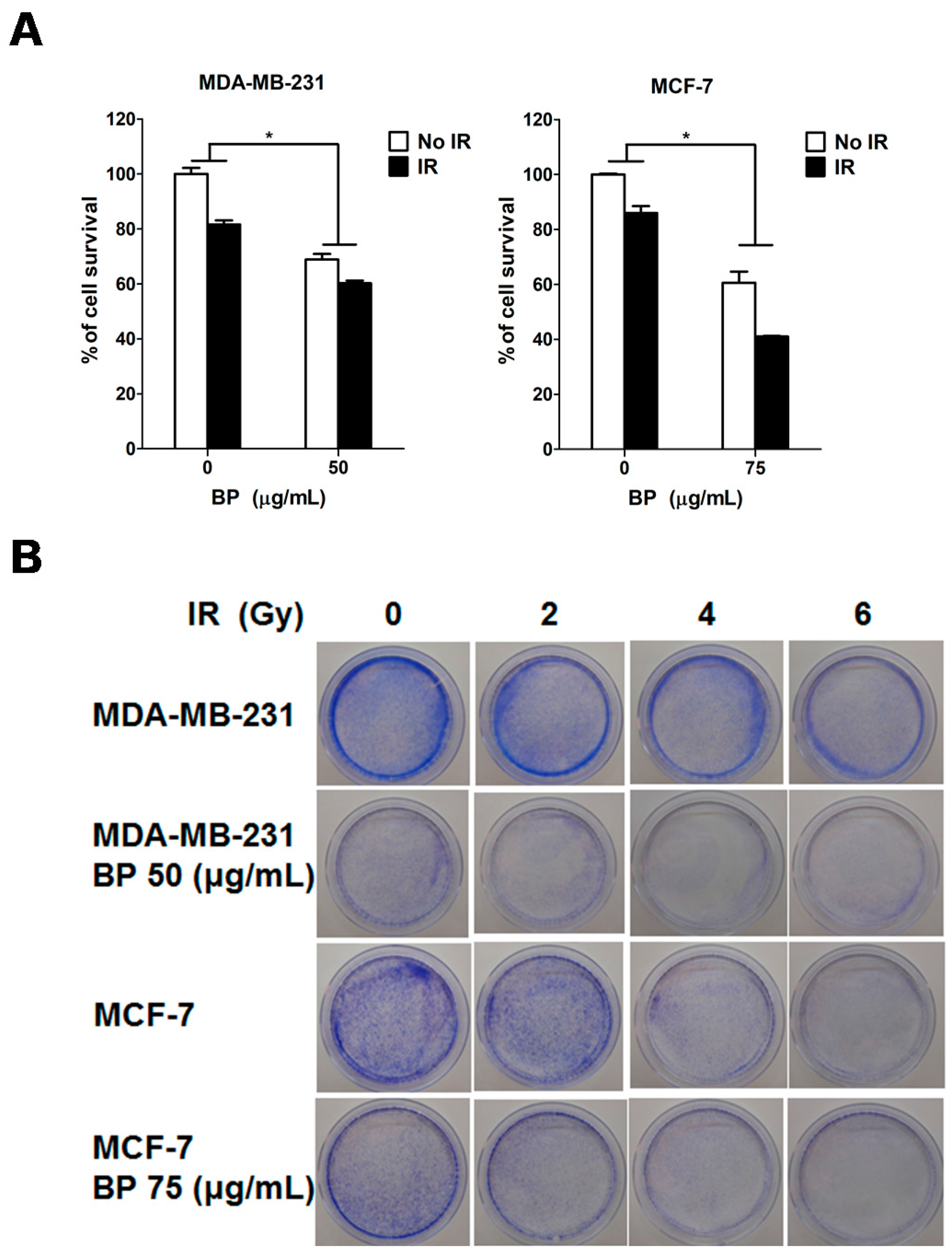
Molecules Free Full Text Anti Tumor And Radiosensitization Effects Of N Butylidenephthalide On Human Breast Cancer Cells Html
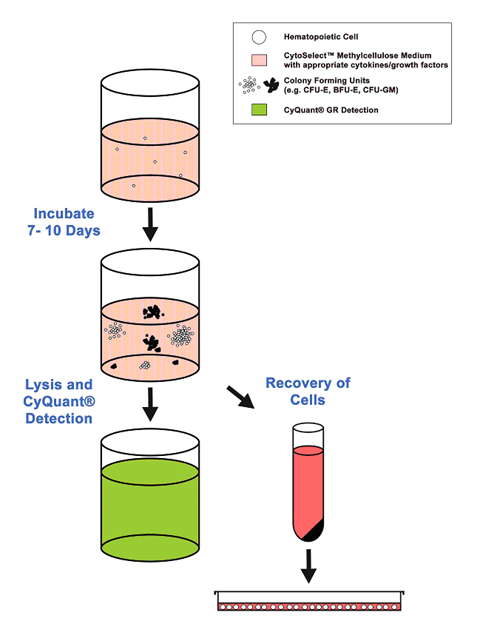
Hematopoietic Cfc Assays

Cytosmart Clonogenic Assay What Why And How

Clonogenic Cell Survival Assay Semantic Scholar
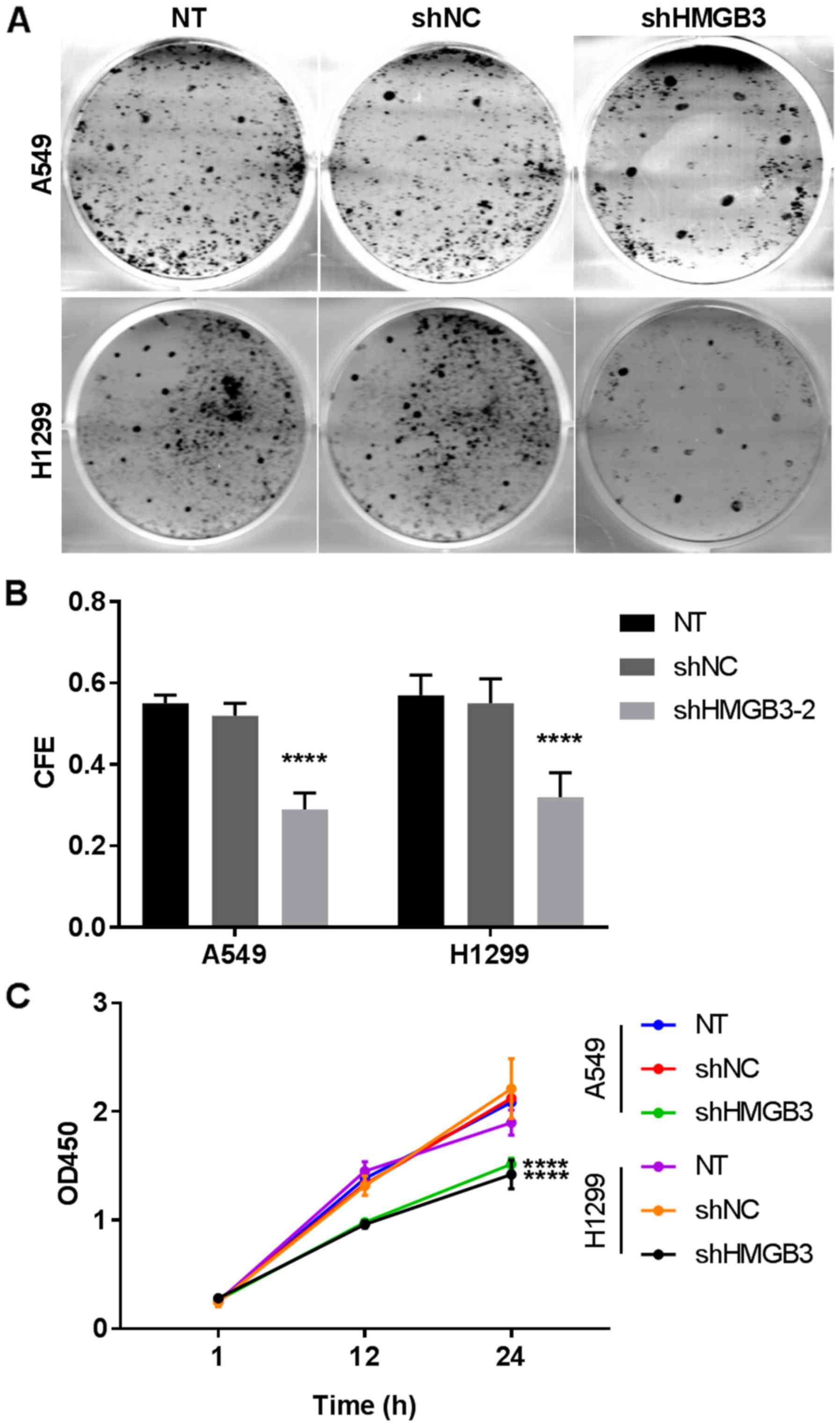
Knockdown Of High Mobility Group Box 3 Impairs Cell Viability And Colony Formation But Increases Apoptosis In A549 Human Non Small Cell Lung Cancer Cells

Soft Agar Colony Formation Assay Clonogenic Assay Of The Mbc1 And Download Scientific Diagram

Clonogenic Assay A B16 F10 B 058 C Jr8 Cells Were Treated Download Scientific Diagram
Www Jcancer Org V02p0036 Pdf
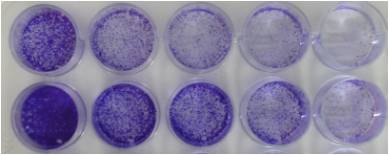
Clonogenic Assay Of Cells In Vitro Colony Formation Assay 네이버 블로그

Methodological Development Of A Clonogenic Assay To Determine Endothelial Progenitor Cell Potential Circulation Research

Cytoselect 96 Well Stem Cell Colony Forming Cell Assay 5 X 96 Assays

Tumor Spheroid Formation Assay Sigma Aldrich
In Vitro And In Vivo Antitumor Activity Of A Novel Semisynthetic Derivative Of Cucurbitacin B

Clonogenic Assay Creative Bioarray Creative Bioarray

The Human Colony Forming Cell Cfc Assay Using Methylcellulose Based Media R D Systems
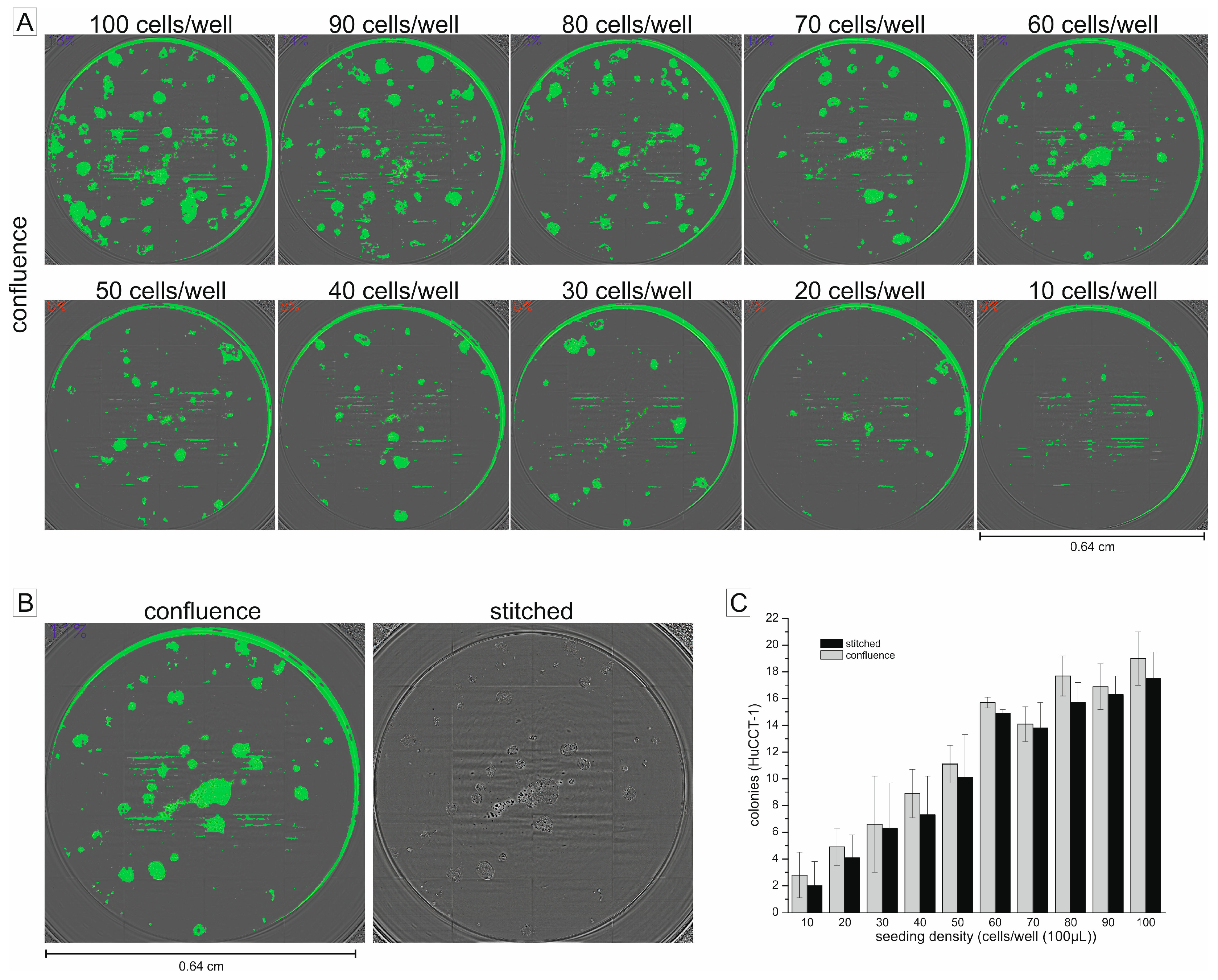
Ijms Free Full Text Miniaturization Of The Clonogenic Assay Using Confluence Measurement Html
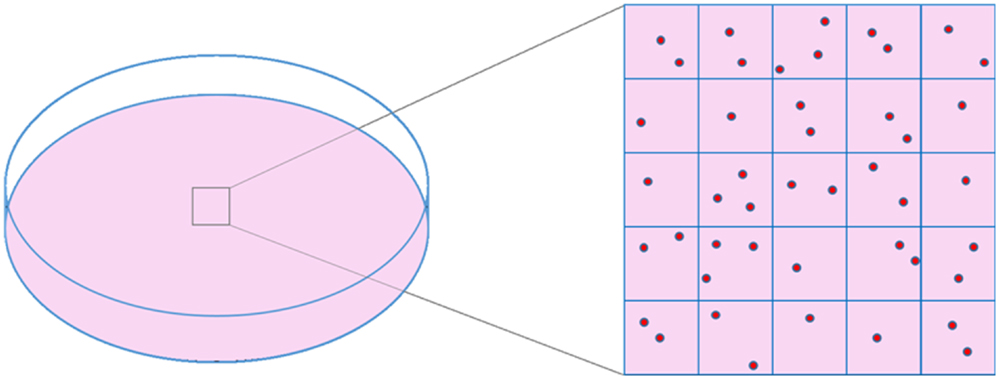
Frontiers Applications Of High Throughput Clonogenic Survival Assays In High Let Particle Microbeams Oncology

Methodological Development Of A Clonogenic Assay To Determine Endothelial Progenitor Cell Potential Circulation Research
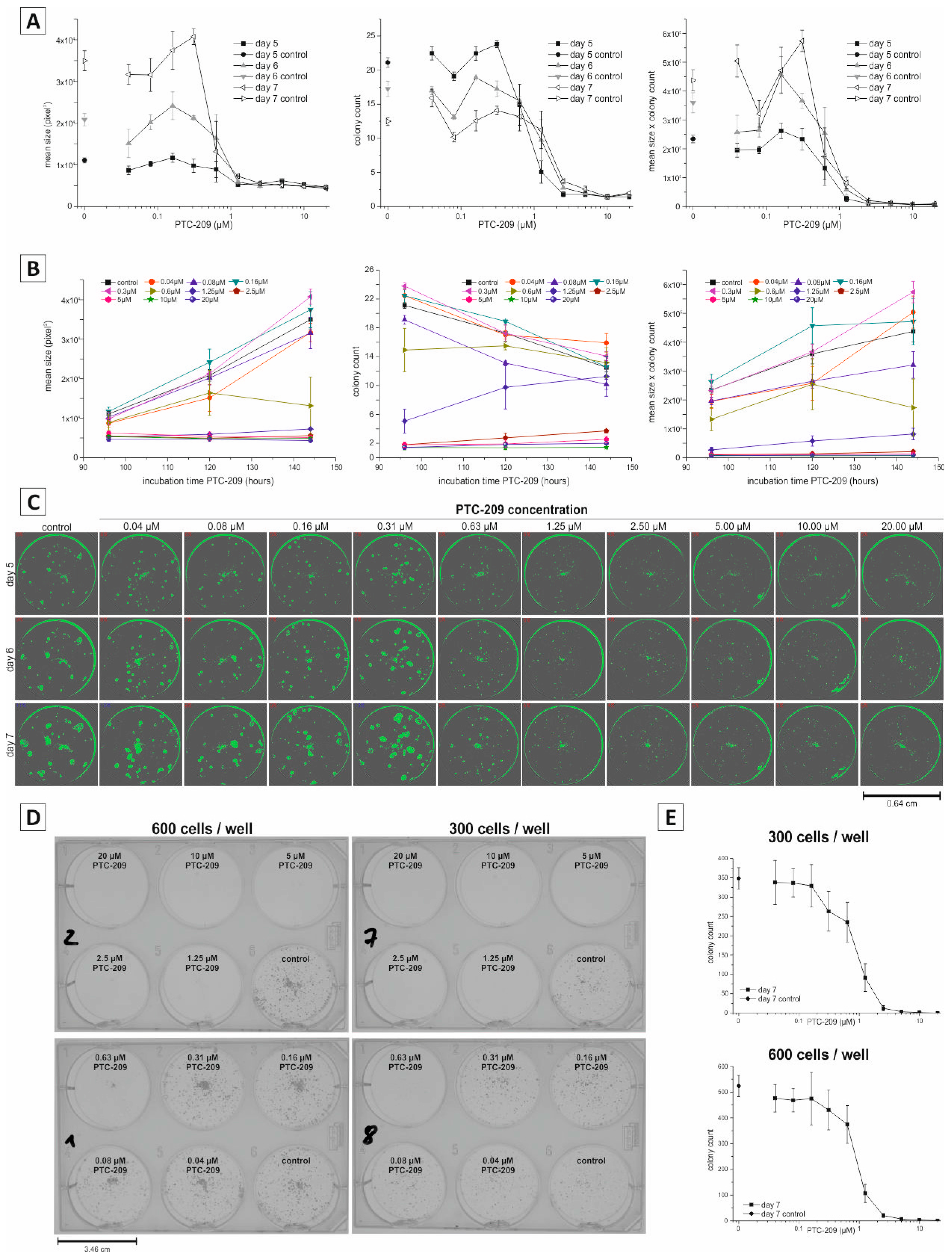
Ijms Free Full Text Miniaturization Of The Clonogenic Assay Using Confluence Measurement Html
Biopply Com Assets References Cfa Abc Biopply Pdf
Q Tbn And9gcsnbnrlcp4ypdywap5ocutaishsfpi7b9xfh2benbga 67lr9 P Usqp Cau

In Vitro Cytotoxicity Assay Colony Forming Assay Eurofins Deutschland

Culture And Analysis Of Hematopoietic Progenitor Cells In Cfu Assays Stemcell Technologies

Human Methylcellulose Base Media Hsc002 Bio Techne
Www 2bscientific Com Getmedia 48cf7444 f3 4bbe B1ca Df2df3e965 Colony Formation Brochure 14 Pdf

The Soft Agar Colony Formation Assay Protocol

Addgene Colony Formation Titering Assay
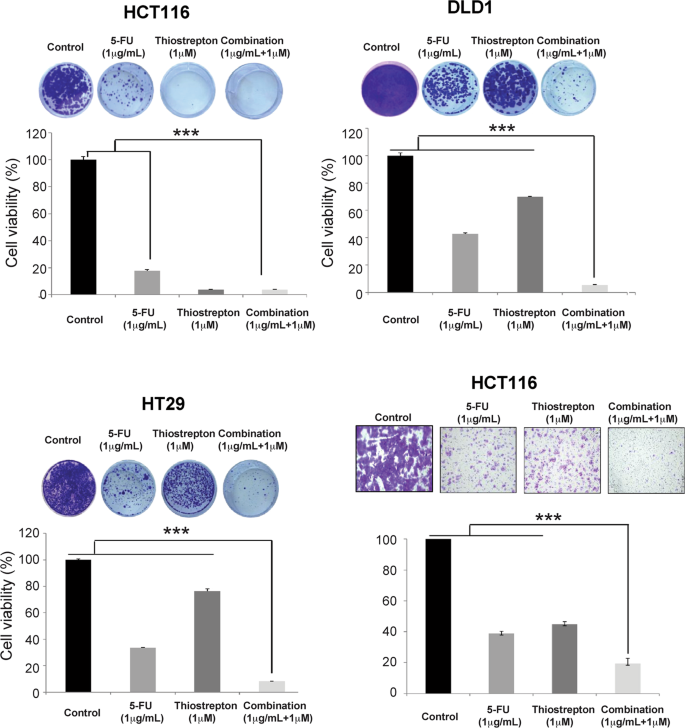
Foxm1 Modulates 5 Fu Resistance In Colorectal Cancer Through Regulating Tyms Expression Scientific Reports
Q Tbn And9gcry54y0picx8awsdxbigivodvlqfp9zwj Ulnbqdydgwhhxvg3d Usqp Cau

The Human Colony Forming Cell Cfc Assay Using Methylcellulose Based Media R D Systems
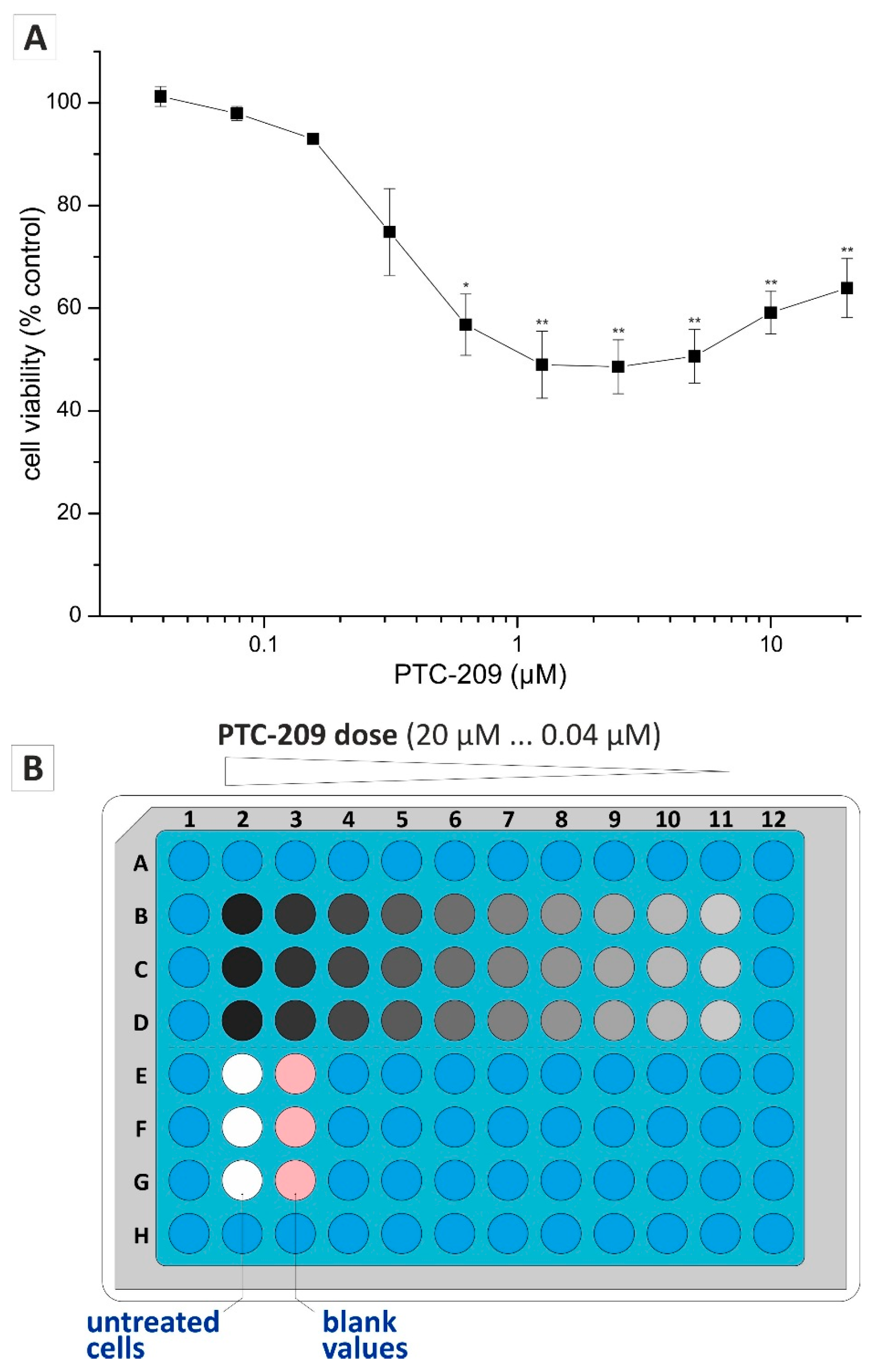
Ijms Free Full Text Miniaturization Of The Clonogenic Assay Using Confluence Measurement Html
Www Mdpi Com 73 4409 8 2 117 Pdf

Preclinical Assessment Of The Bioactivity Of The Anticancer Coumarin Ot48 By Spheroids Colony Formation Assays And Zebrafish Xenografts Protocol

Clonogenic Assay Notes Anchorage Dependent Colony Formation Assay Download Scientific Diagram

How To Set Up Hematopoietic Colony Forming Unit Cfu Assays Stemcell Technologies
Http Www Ijcem Com Files Ijcem Pdf

Increased Efficiency For Performing Colony Formation Assays In 96 Well Plates Novel Applications To Combination Therapies And High Throughput Screening Biotechniques

Clonogenic Assays Showing The Reduced Survival Or Increased Sensitivity Download Scientific Diagram

Preclinical Assessment Of The Bioactivity Of The Anticancer Coumarin Ot48 By Spheroids Colony Formation Assays And Zebrafish Xenografts Protocol
Stemmacs Hsc Cfu Assay Kit Human Stem Cell Media Cell Culture Media Macs Cell Culture And Stimulation Products Miltenyi Biotec Deutschland

Full Text Inhibition Of Foxo1 By Small Interfering Rna Enhances Proliferation An Ott

Increased Efficiency For Performing Colony Formation Assays In 96 Well Plates Novel Applications To Combination Therapies And High Throughput Screening Biotechniques

Cytosmart Clonogenic Colony Formation Assay For Stem Cells

Clonogenic Assay An Overview Sciencedirect Topics

Ppt Cell And Tissue Survival Assays Powerpoint Presentation Free Download Id
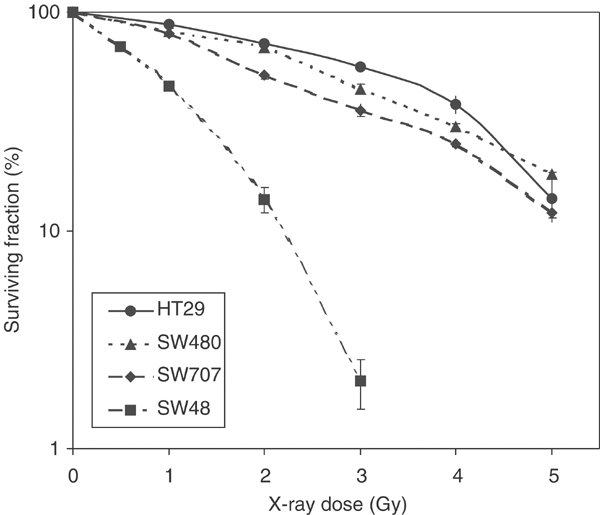
Relationship Between Clonogenic Radiosensitivity Radiation Induced Apoptosis And Dna Damage Repair In Human Colon Cancer Cells British Journal Of Cancer

Clonogenic Assay What Why And How Cytosmart
Q Tbn And9gcrx2tyiisivvs32ze9286ip8lvxmyhc6rscr4ooytvrakmikmyo Usqp Cau
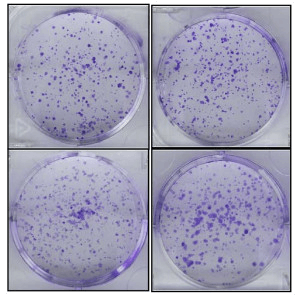
Clonogenic Assay Creative Bioarray Creative Bioarray
Www Karger Com Article Pdf 4959

Figure 21 1 Clonogenic Assay For Adherent Cells Cells Are Trypsinized Counted And Diluted As For Monolayer Dilution Cloning See Protocol 13 1 The Ppt Download
Cytosmart Clonogenic Colony Formation Assay For Stem Cells
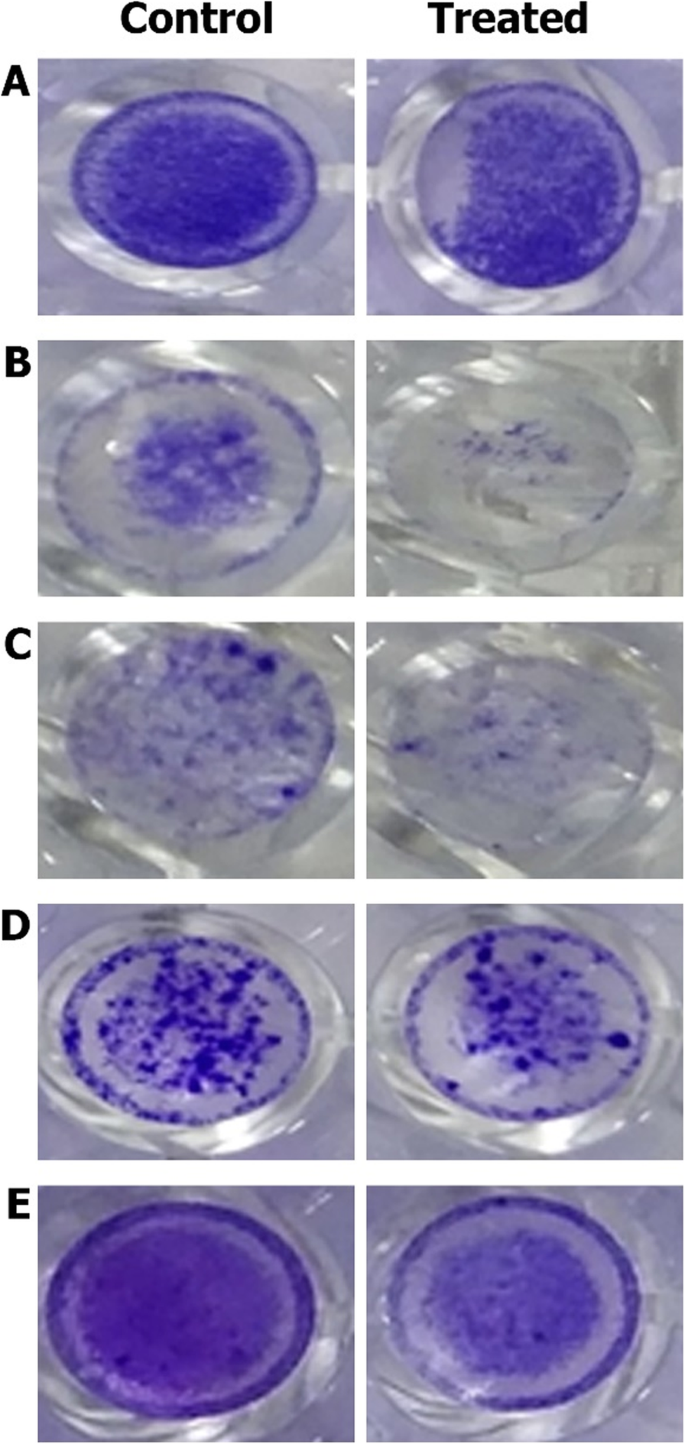
Selective Cytotoxic Effect Of Plantago Lanceolata L Against Breast Cancer Cells Journal Of The Egyptian National Cancer Institute Full Text

Bmp2 Reduces Crc Colony And Sphere Formation In Vitro A Clonogenic Download Scientific Diagram
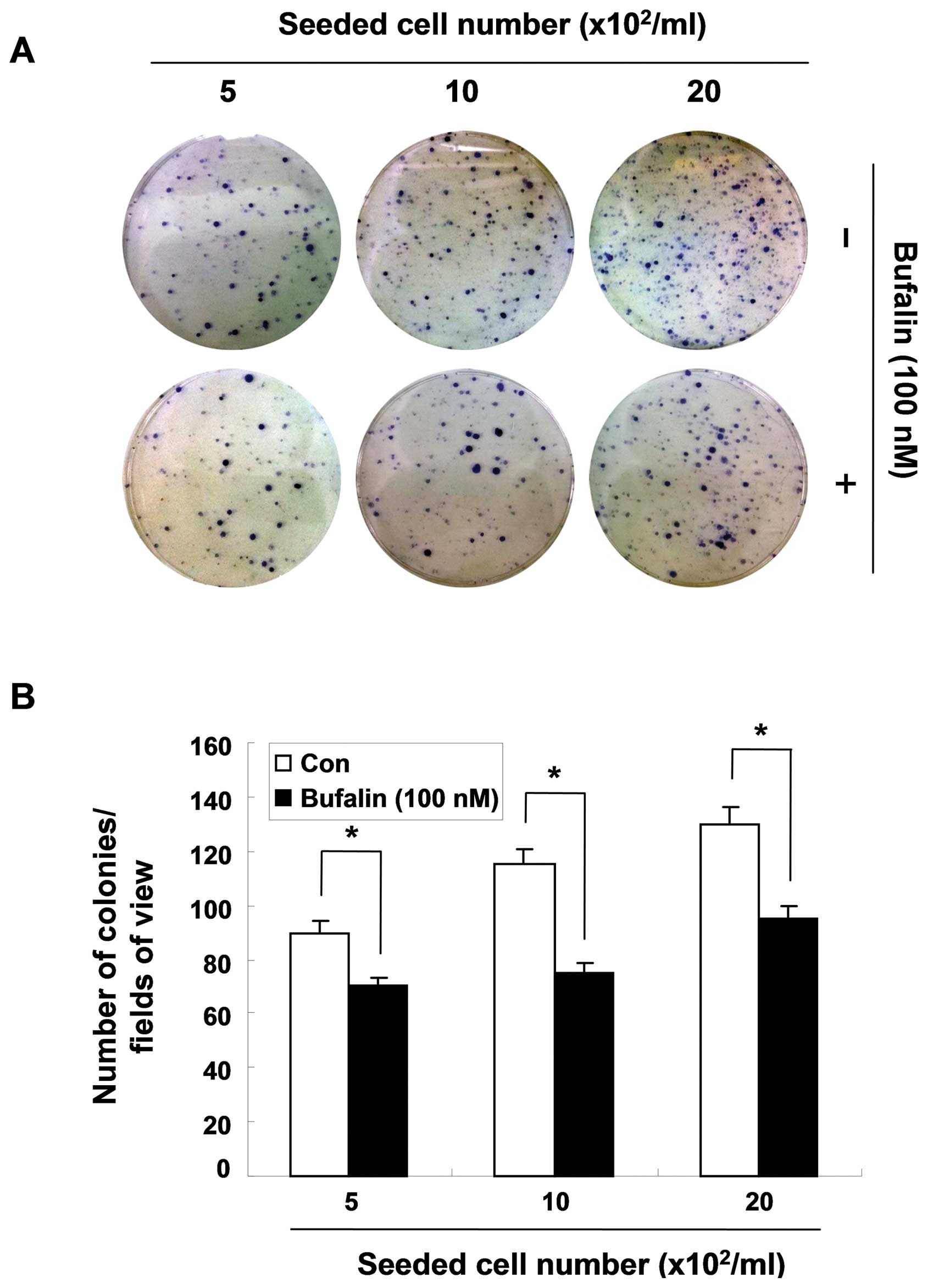
Bufalin Prevents The Migration And Invasion Of T24 Bladder Carcinoma Cells Through The Inactivation Of Matrix Metalloproteinases And Modulation Of Tight Junctions

Hematopoietic Colony Forming Cell Assay Kit Ab2422 Abcam
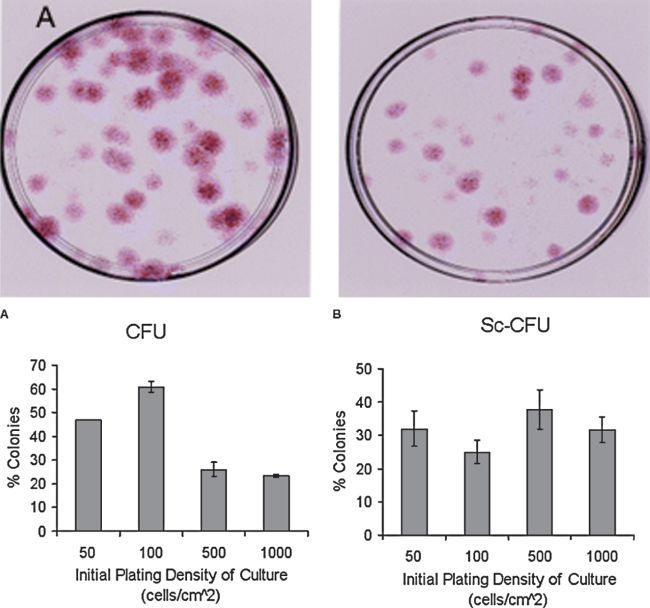
Colony Forming Unit Assays For Mscs Springerlink
Cytosmart Clonogenic Colony Formation Assay For Stem Cells



